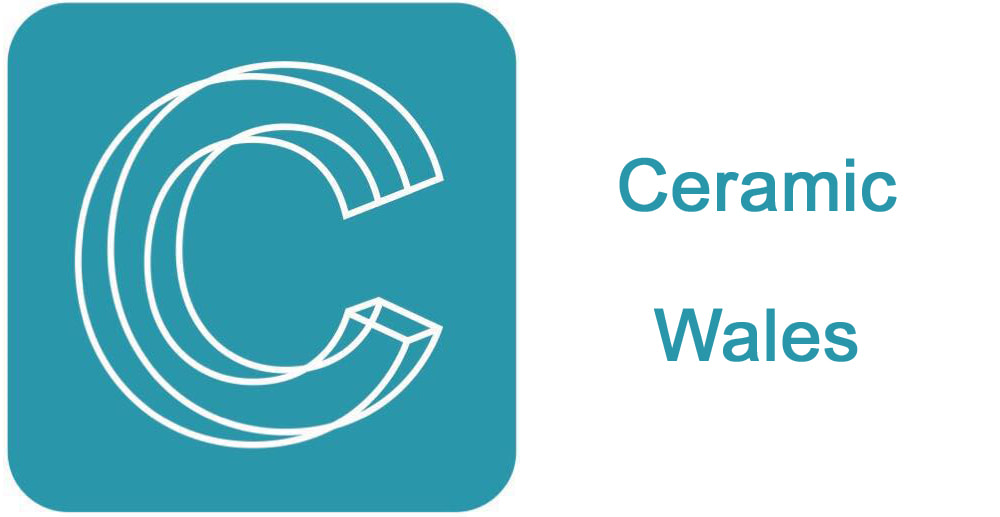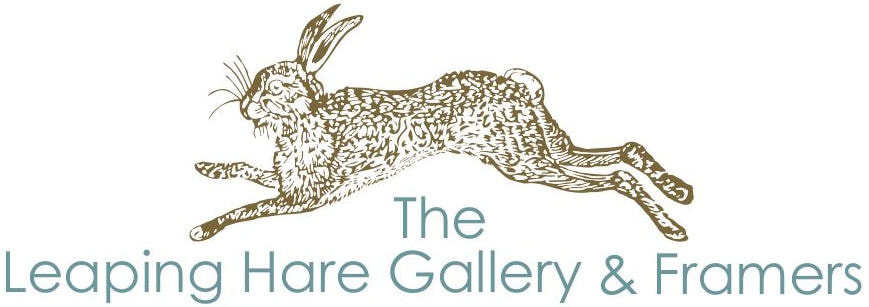Think you know Origami? Think again!In last month's blog post, I introduced my Top Ten artists pushing the limits of paper. One of those artists was Akira Yoshizawa, the man who, in the 1950s, took the western world by storm and caused an origami craze. He modernised and changed people's perception of origami and helped elevate and transform it into a global art form. I also introduced Ron Resch who, back in the 1960s, was at the forefront of developing 3D computer-aided software. You can't write about origami, as a metamorphic fine art form and synthesis between art, maths and science, without first introducing these two luminaries. The introduction of mathematical and geometric techniques in origami design pushed the limits of possibility and helped artists realise new artistic visions. Some techniques also turned out to have practical applications in medicine and space exploration. Here are my TOP TEN artists pushing the limits of origami
And finally...
You can head to my website home page to sign up for occasional studio updates (like this one), new work and special offers. If you have enjoyed finding out about origami and these Top Ten artists pushing the limits of origami why don't you find out more? The British Origami Society is a registered charity devoted to the art of origami and has hundreds of members worldwide. It's a great source of enthusiasm for origami, folding techniques, easy guides to folding a range of models, supplies and books. Plus you can follow their facebook page. I highly recommend becoming a member. Other possible sources of information (I cannot vouch for the website security) Origami Resource Centre Paperfolding.com
0 Comments
Your comment will be posted after it is approved.
Leave a Reply. |
Kate BuckleySculpture Archives
February 2024
|
All work is my own. ©Kate Buckley 2024
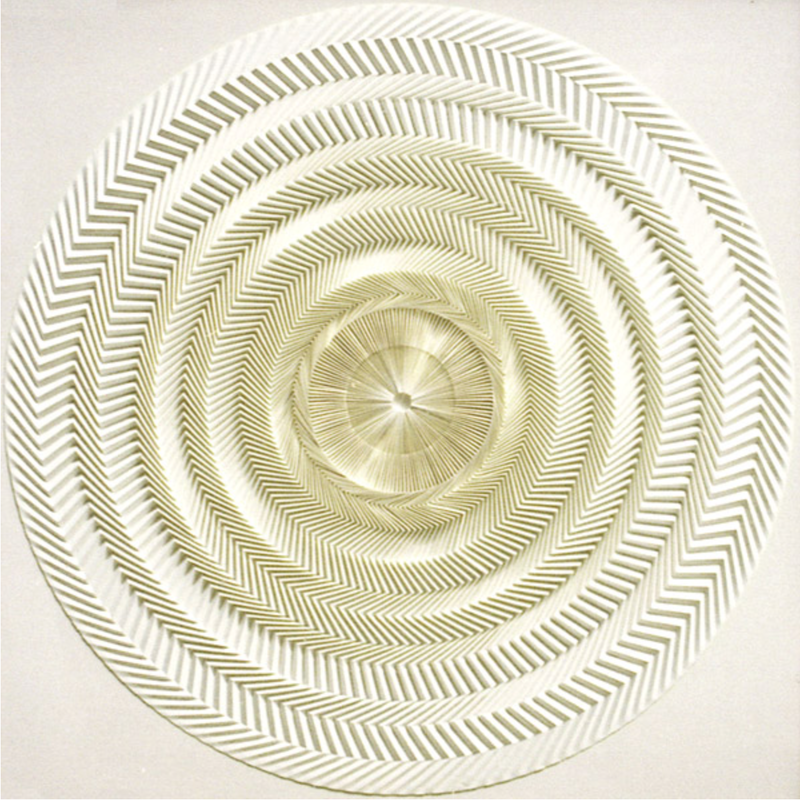
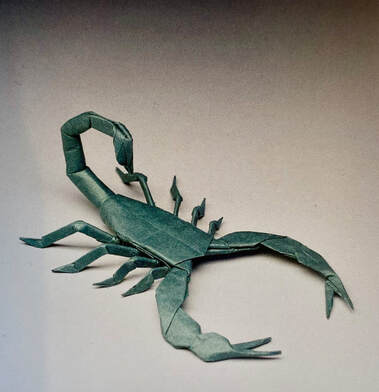
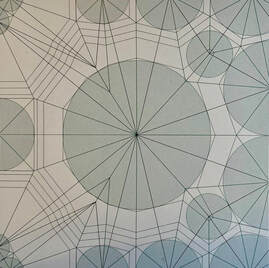

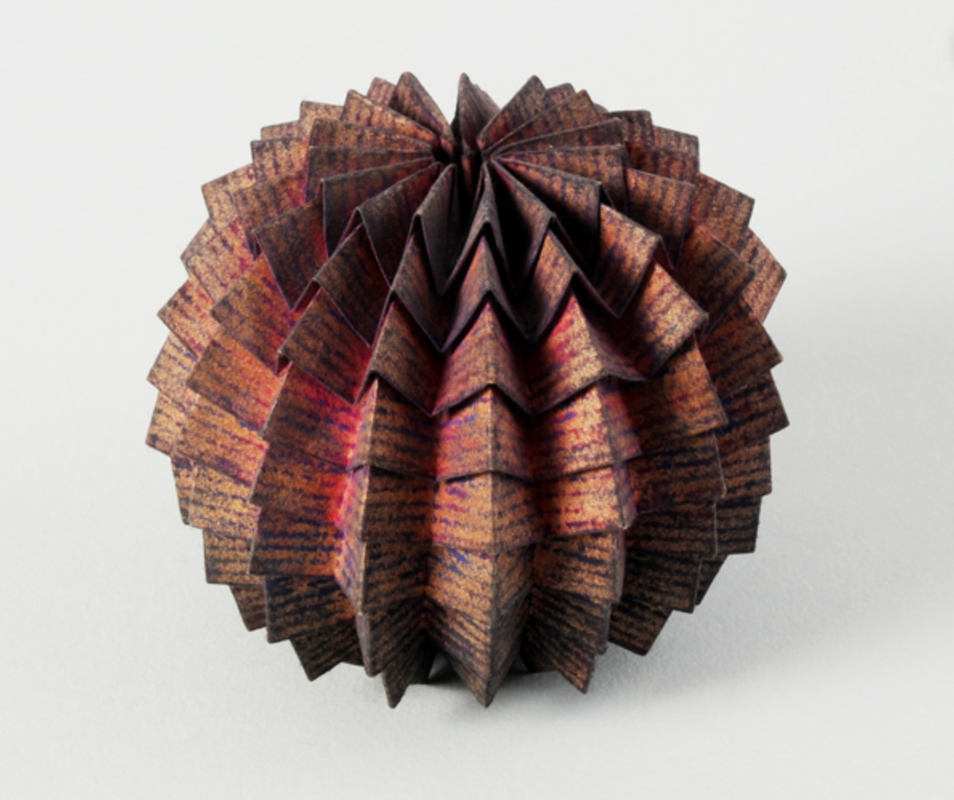
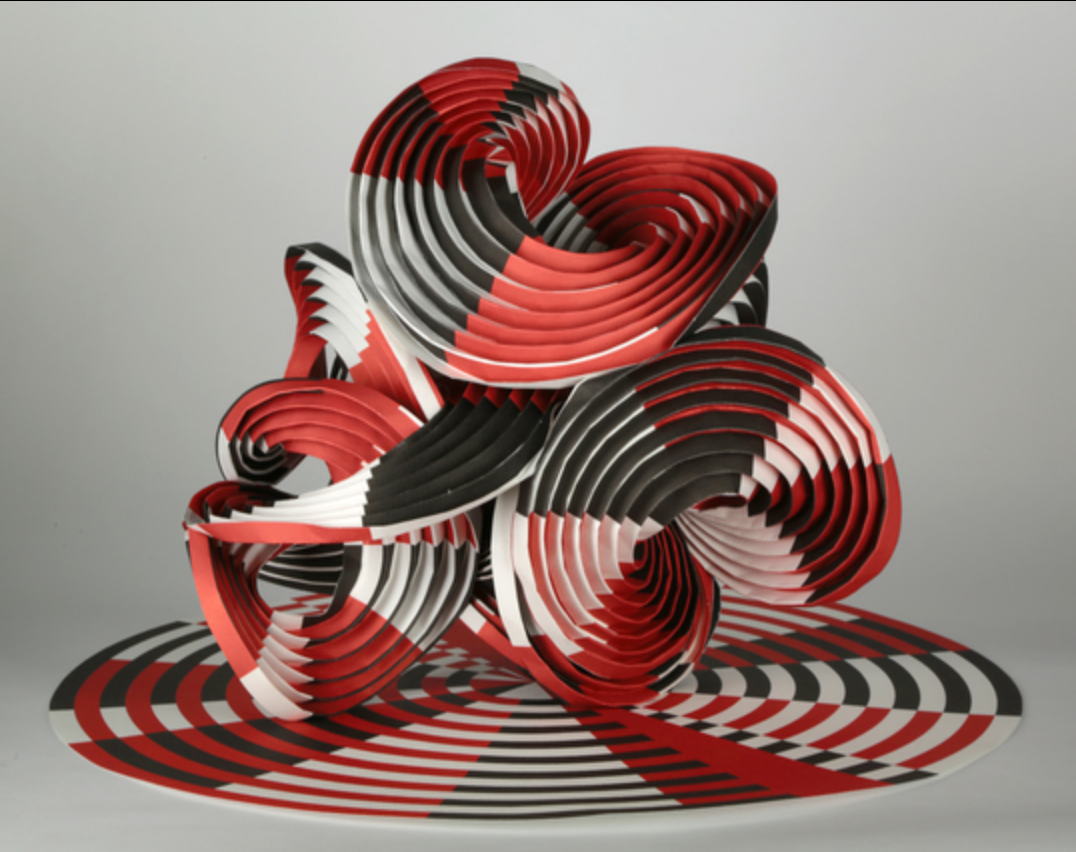
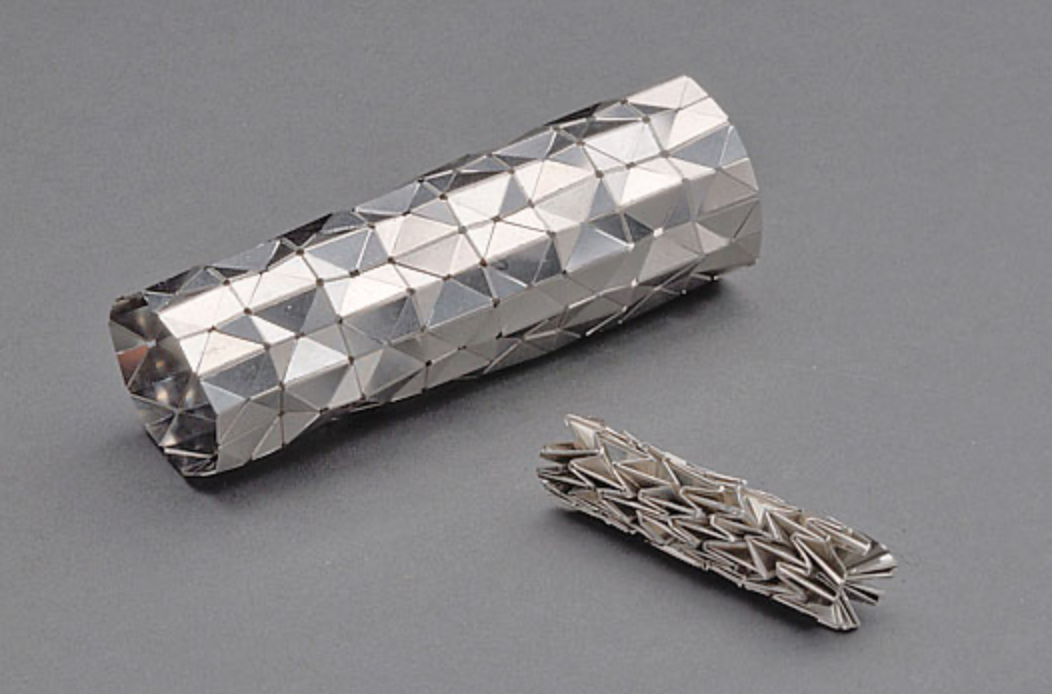
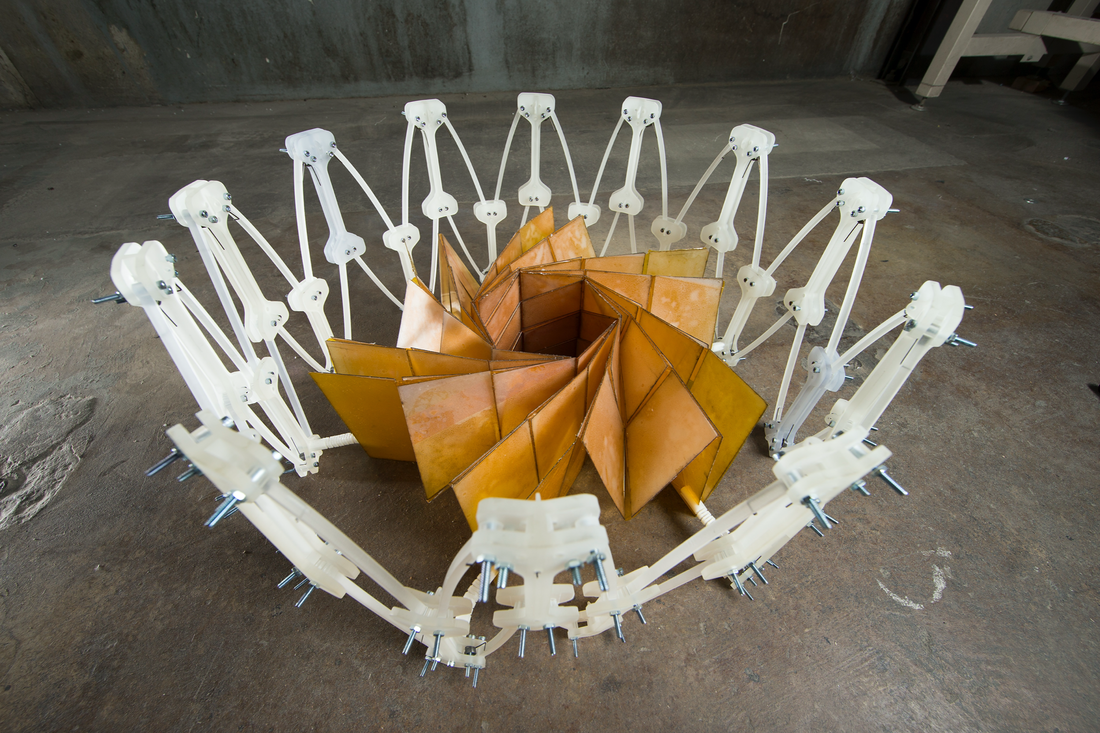
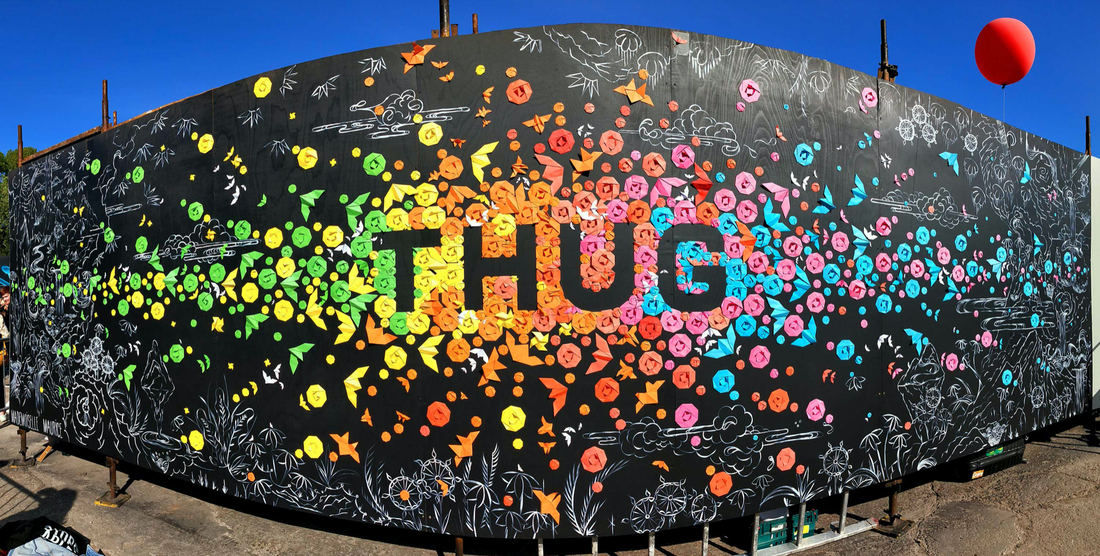
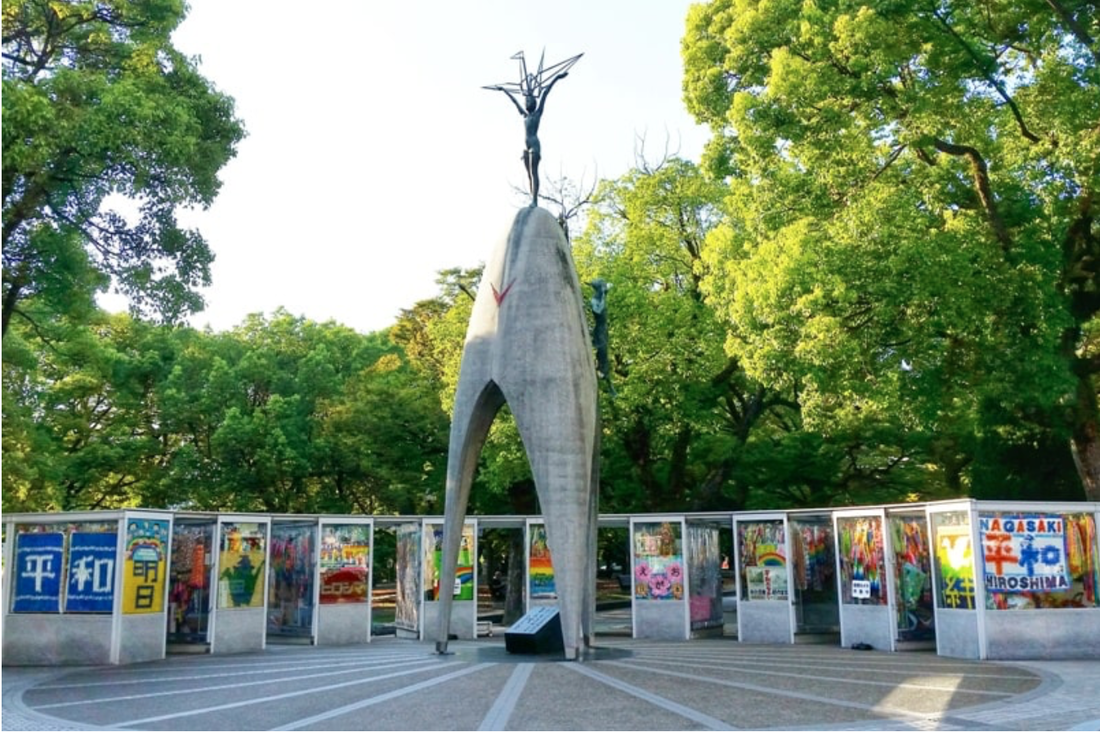
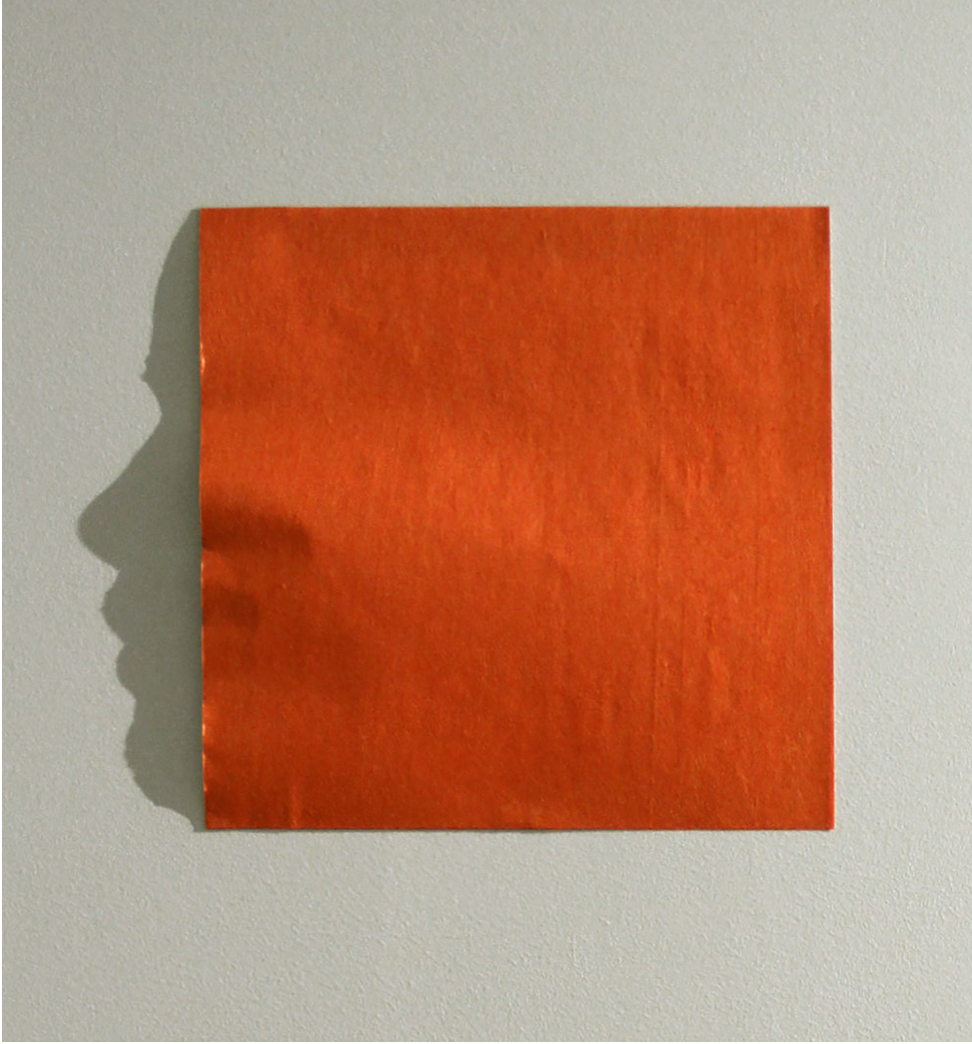
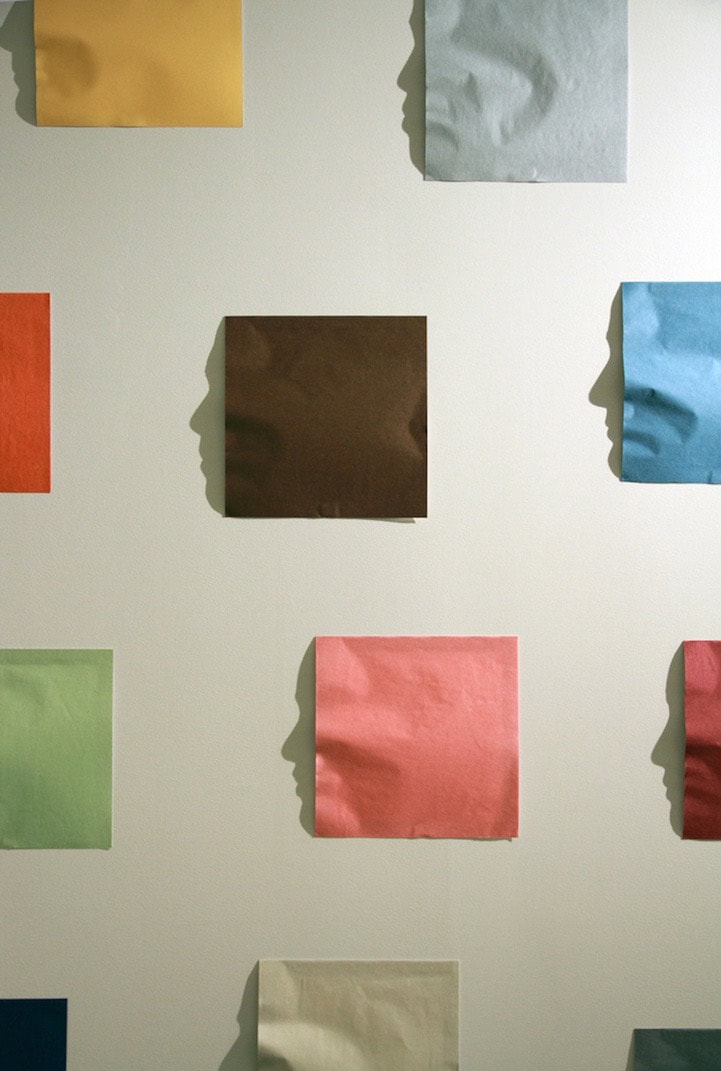
 RSS Feed
RSS Feed



